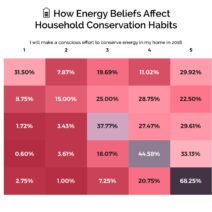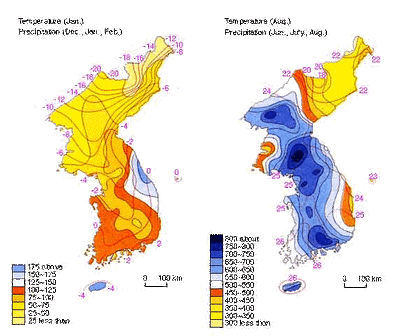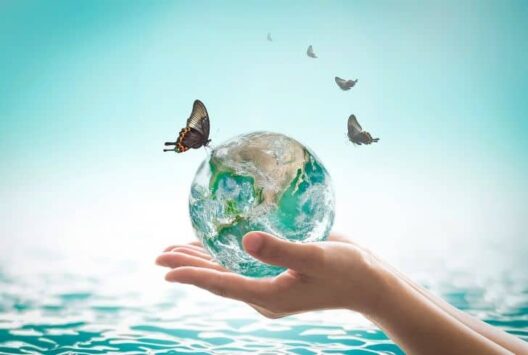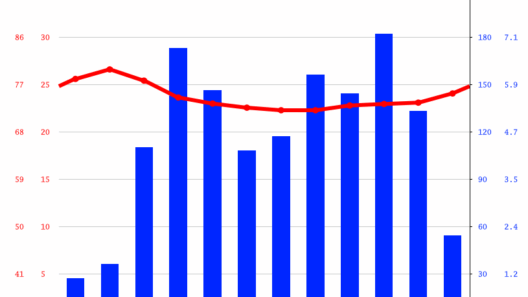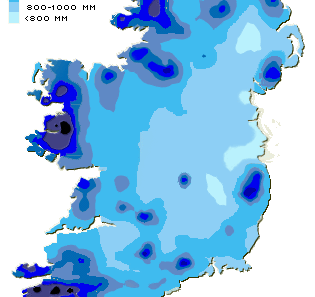The climate in Korea is a tale of two extremes: a landscape dominated by the biting fingers of winter frost and the fiery temperament of summer heat. As the country oscillates between these two seasons, it raises a pressing question: how do such fluctuations affect both the natural world and the people living within it? The answer may reveal surprising challenges that require attentive consideration.
Korea, located on the eastern fringes of the Asian continent, experiences a temperate climate that is markedly influenced by its geographical position. The Korean Peninsula enjoys four distinct seasons: spring, summer, autumn, and winter. Among these, winter and summer stand out for their stark differences, shaping the daily lives and cultural practices of the inhabitants.
Winter in Korea typically spans from December to February. During this period, temperatures can plummet, often reaching sub-zero levels, particularly in the northern regions. The frost that blankets the land can create picturesque vistas, but it also brings challenges. The average temperatures vary, with the southern regions, such as Jeju Island, enjoying milder conditions compared to the harsh chill felt in places like Gangwon Province, where snowstorms can be both a nuisance and an allure for winter sports enthusiasts.
A striking characteristic of Korean winters is the phenomenon of icy winds that sweep down from Siberia, resulting in a ‘wind chill’ effect. This is not merely inconvenient; it poses health risks. Vulnerable populations, including the elderly, may face increased difficulties. The cold weather can exacerbate health conditions, leading to a greater need for community support systems.
Moreover, winter heralds the onset of heavy snowfall, which, although celebrated in some cultural traditions, can disrupt daily life. Roads may become impassable, and public transport can face delays. The agricultural sector feels the brunt as well; while cold-resistant crops can withstand the harsh conditions, many farms experience significant hardship. This raises an interesting challenge: how can farming techniques evolve to adapt to climate fluctuations while ensuring sustainability?
Shifting from frost to fire, summer in Korea typically unfolds from June to August. High humidity combined with soaring temperatures often lead to sweltering conditions. Average temperatures can hover around a sweltering 30°C (86°F), particularly in urban areas where the heat is exacerbated by the urban heat island effect. As cities like Seoul continue to expand, the concrete and asphalt surfaces retain heat much longer, creating an uncomfortable environment for residents.
During summer, the Korean Peninsula is also subjected to the monsoon season, bringing heavy rains and potential flooding. This deluge can be both a blessing and a curse. On the one hand, it replenishes water supplies and nourishes crops. On the other hand, excessive rainfall can result in landslides and water-related disasters. There exists an existential question: is it feasible for Korea to enhance its flood management systems to mitigate these risks, or does the solution lie in global climate reform?
Climate change has introduced unpredictability into this already variable climate. Recent years have witnessed an increase in extreme weather patterns, affecting local ecosystems. While Korean forests are inherently resilient, they are not immune to these stresses. Insect infestations, accelerated by warmer temperatures, can devastate vital flora, disproportionately affecting biodiversity. Additionally, coastal regions face the double jeopardy of rising sea levels and more intense typhoons, which not only threaten marine life but also pose risks to coastal communities.
The interplay between winter frost and summer fire reflects a broader dialogue about resilience and adaptation. As individuals and communities grapple with the impacts of climate, they are also called to action. What can be done to bolster the resilience of both urban and rural landscapes? Innovative agricultural practices like vertical farming may offer a respite against the extremes, while reforestation initiatives could help bolster biodiversity and combat the ramifications of rising temperatures.
Furthermore, public awareness campaigns focusing on energy conservation, waste reduction, and sustainable practices may forge a path toward communal responsibility. Efforts like these can galvanize population segments and prompt shifts in consumption patterns, ultimately reducing the carbon footprint and fostering a safer climate for future generations. The synergies between personal responsibility, policy reform, and community activism present an opportunity for Korea to model sustainability in action.
In conclusion, the climate of Korea is a study in contrasts. With winter frost presenting a formidable challenge and summer fire bringing its own set of trials, the necessity for adaptive strategies is paramount. The unpredictable nature of climate change demands not only an understanding of these seasonal extremes but also a proactive approach toward nurturing the environment and supporting the communities that rely on it. Embracing innovation and community solidarity will be essential as this dynamic landscape continues to evolve, encouraging every citizen to consider their role in preserving the delicate balance of Korea’s climate.

